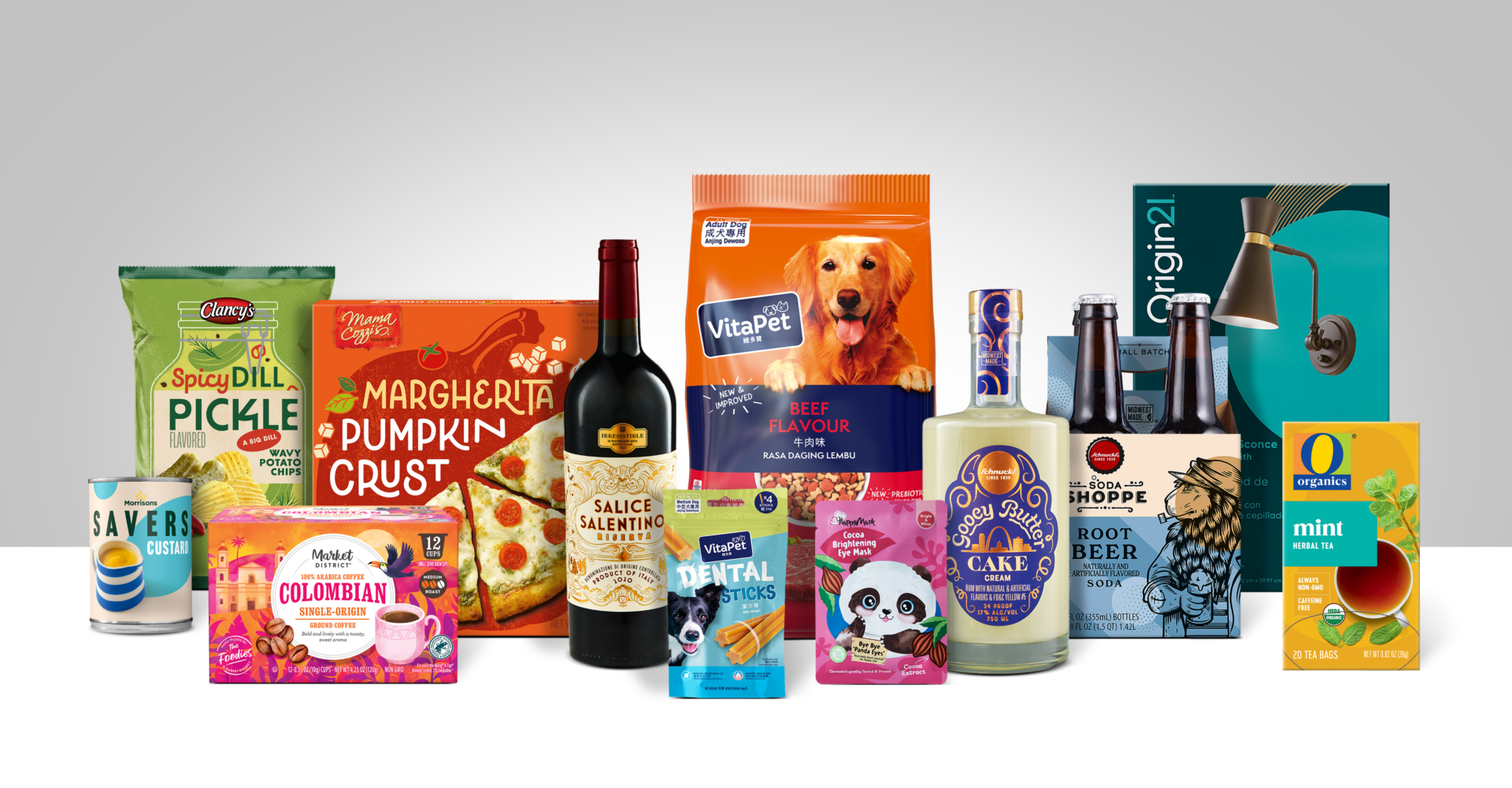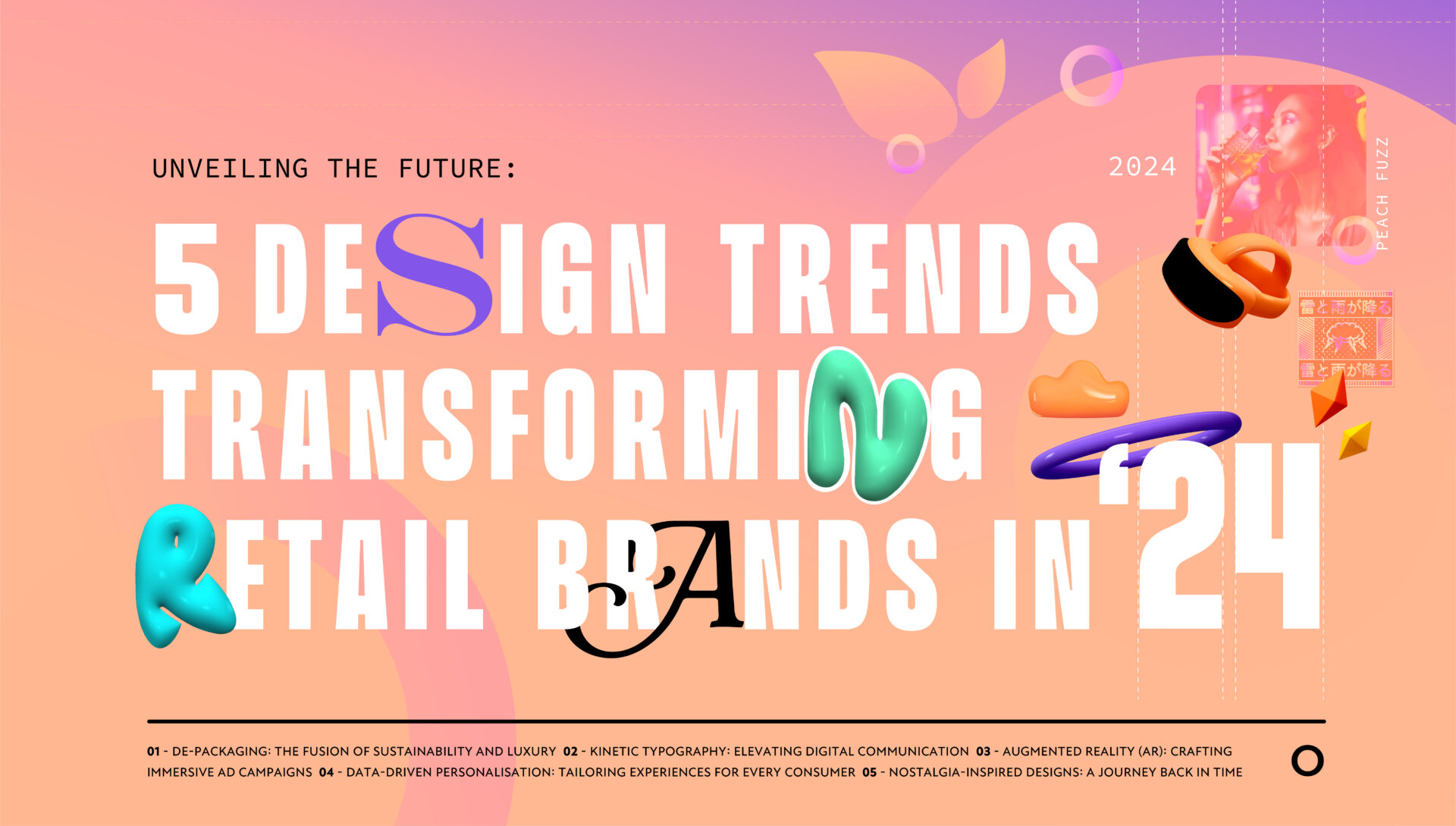PRIVATE BRANDS & CUSTOMER JOURNEY: CLAIMING A STAKE IN THE ECOMMERCE BOOM
Phil Jones, VP Client Engagement & Operations chats to us about the Ecommerce boom and making your brand stand out:
These days there is ample evidence that consumer awareness around the quality and prominence of private brand is rising. Particularly in the growth market of US private brand, more consumers are coming to know to the diversity of products available across tiers, as well as the quality and the value to be found in private brand ranges.
Consumer attitudes are shifting away from previous tendencies to equate private brand with “generic” items or a sacrifice on quality for the sake of price. As retailers have focused on improving quality and elevating product packaging, private brands are continuing to shift into true consumer brands in the minds of consumers. This is reflected in recent research, which indicates that 86% of shoppers consider private brand quality to be equal to or better than the national brand.
With the growth of ecommerce, retailers will come face to face with great challenges – and great opportunities – as they harness the power of their platforms to put their private brands front and center.
The Covid-19 pandemic has accelerated tech-driven consumer trends including ecommerce and in-app shopping. As larger segments of the population tap into these convenient methods of browsing and buying, all brands are beholden to bring their online offerings up to scratch. It calls on brands to extend and enhance the experiences they offer online, so that consumers engage, click and return to the retailer’s site and their private brand time and time again.
Consumer navigation is about getting from point A (the landing page) to point B (the product the consumer is seeking) – but it’s also much more besides. Ecommerce provides brands with the opportunity to break down and analyze the way consumers navigate the site and, based on directions consumers are taking, along with the questions they are asking via search fields, build in the pathways and supporting content they are craving.
Building a satisfying journey means polishing points across the marketing spectrum: finessing the search facility, populating the path with product suggestions and displaying supporting content. App-based features, such as push notifications, are also opportunities not to be passed by.
According to GroupM, global retail e-commerce in 2020 equal 17% of all retail sales – an incredible $3.9tn. CPG manufacturers, in particular, experienced a significant transition in how their products were bought, leading to a 277% increase in retail sales via e-commerce channels in 2Q20 alone.
These massive figures are sure to be getting the attention of retailers. Since ecommerce affords the opportunity to organise the journey as the retailer sees fit, the private brand can be promoted first above the national brands. It is able to tell its own brand story in its own distinct way, as it blocks out the noise from other brands and ultimately forges a robust connection with the consumer.
Online also has the power to mix in value-adding content at the point of sale. In the physical store environment, this could look something like a shelf mixed with product brochures. POS and signage are our nearest equivalents. Brands have an opportunity to present a rich buffet of content, targeted to their specific diets or interests, bringing the private brands forward while enhancing the consumer’s experience and generating loyalty.
While the potential rewards are many, ecommerce can pose several challenges for private brands as they attempt to pivot at speed to get their offerings online. One such trap is the mismatch of the physical packaging with the online look and feel. This discrepancy can create mixed messages which undermine engagement with the brand, influencing trust and feelings around quality and value for money.
At Equator, we work closely with private brands to deliver specialised product packaging renders, which are designed to maximise the presentation of the product for the online environment. A photograph of the product packaging or a one-to-one digital image of the physical product packaging will appear outdated and fail to bring the e-consumer’s eye to the callouts and features of the product that matter most.
To make the product shoppable in desktop, mobile, and app-based platforms. The creation of simple, optimized renders involves removing bar codes and small-print call-outs, while magnifying critical buying information, including the brand, the flavor & variant, and multipack numbers.
Renders such as these form a key component in an online journey characterized by easy navigation, compelling value-adding content, quality visuals, and smooth checkout – all of which should be underpinned by strong messaging and a clear private brand voice.
Design architecture which has been built in to private brand ranges – providing differentiation while demonstrating the breadth and variety found across the brand – can be transferred to the digital shelf, for a more dynamic, appealing, and navigable user experience.
Accomplishing a pivot to ecommerce and gearing up a private brand for omnichannel retailing is no mean feat. Sales are taking place on growing number of platforms such as Instacart, Rosie, and bespoke click-and-collect services. Delivering a seamless experience no matter where the customer is shopping – bricks and mortar store, mobile phone or laptop computer – means thinking across all platforms and leading a customer experience the way that a conductor leads an orchestra.
It takes time, passion, coordination and experienced players to make a real impact on the audience.















